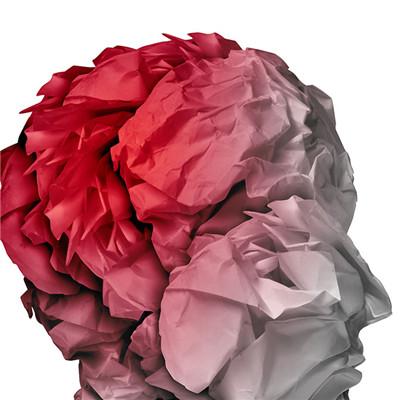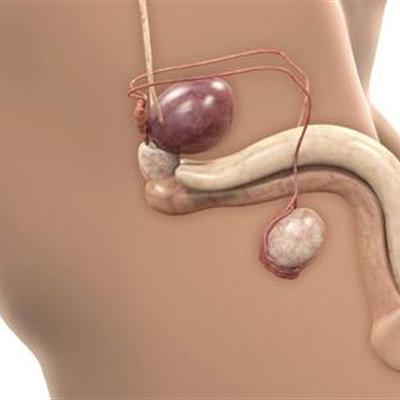Symptoms of tinea corporis
summary
Tinea corporis is a common epidemic skin inflammation in our life. Many people have heard of this kind of ugly and itchy skin disease, but few people really know about it. Therefore, when tinea corporis appears, we do not know what its specific symptoms are. Today, let's take a look at the symptoms of tinea corporis, so that we can find and treat the disease as soon as possible, and avoid the deterioration of the disease causing more damage to our skin.
Symptoms of tinea corporis
The initial symptoms of tinea corporis are mainly manifested as local skin erythema, papules or dense blisters. When the blisters dry up and fester, the skin begins to desquamate, and then the scope of the skin lesions expands to all around. The more special is that the central part of the skin lesions will have a tendency of self-healing at this time, so it is called "ringworm of money" and "ringworm" in traditional Chinese medicine. For the above initial symptoms of tinea corporis, patients must be found early, early treatment.
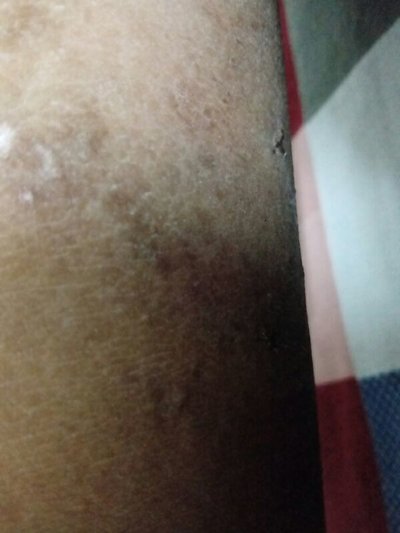
In addition, warm and humid environment is a favorable condition for the growth and reproduction of tinea corporis. Therefore, the high incidence of tinea corporis is in summer and autumn in China. Patients with tinea corporis will also get worse at this time, the scope of skin lesions will expand, and pruritus will become severe. In winter and spring, the range of skin lesions will shrink or disappear, and tinea corporis will also be temporarily latent, so tinea corporis symptoms have obvious seasonality.
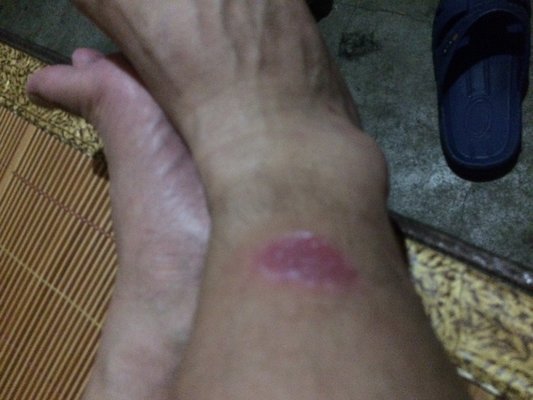
Finally, because there are many kinds of therapeutic fungi causing tinea corporis, the symptoms of tinea corporis caused by different therapeutic fungi are not the same. Tinea corporis caused by Trichophyton rubrum is often persistent and generalized, and it is more common in the waist, abdomen, arms, trunk, etc., often accompanied by itching; Tinea corporis caused by Trichophyton mentagrophytes often invades the cheek and lower leg. It is usually circular or irregular in shape, and the general inflammation is more obvious. As a result of scratching, pustules or deep damage can be produced, and ring protuberant induration can occur locally; Tinea corporis caused by Microsporum ferrugosum, Microsporum gypseum and Microsporum canis usually found on the forehead, cheek, neck, upper limbs and trunk, often in a ring or multiple rings.
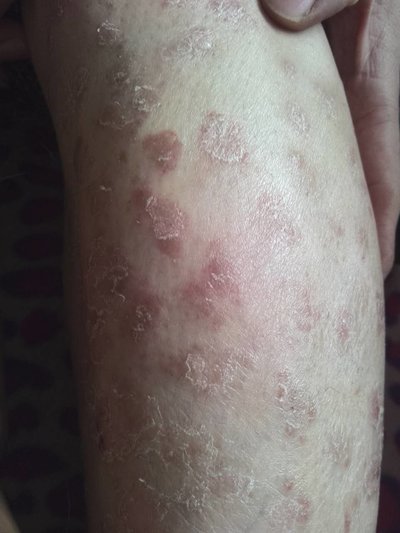
matters needing attention
Therefore, for the above symptoms of tinea corporis, we must do a full understanding, in order to find and treat tinea corporis as soon as possible when we or the people around us. The initial stage of the disease is the best treatment period for tinea corporis. Patients must grasp the opportunity and treat as soon as possible, so as not to delay the treatment of the disease.
